On a recent trip to Bakersfield, California, I attended a rodeo at the Tule River Reservation. There were all the usual excitements: bucking broncos, barrel racing, bull riding, and more. But as the children's pig wrangle event began, my tummy grumbled. Over in the fairgrounds, I ate Indian tacos.
Made of chili, lettuce, and tomato on frybread (actually a Navajo staple), Indian tacos are a relatively new item on the Tule River Indians' menu. In fact, the Tule River--a band of the Yokuts tribe--“food way” was traditionally based on hunting and acorns, as Ray, the elder who was there as a guide told me.
Evidence of the acorn-based diet are everywhere: in the stones that developed mortar holes from generations of pounding acorn into meal, in the baskets that are mostly woven today to sell at markets, but that used to carry acorns by the bushel.
Also carried in the extraordinary Yokuts baskets were foods like Tule grass and chia pods, harvested for their seeds. River clams and grasshoppers were eaten, as was pretty much anything that moved except for coyotes and grizzly bear, which are a sacred part of the Yokuts origin story.
Every few years, a story pops up about Native American cuisine. From a 2005 article in The New York Times about how poor nutrition and a rise in Diabetes has led American Indians to try and restore a heritage diet (sans frybread, of course):
“As American Indians try to reverse decades of physical and cultural erosion, they are turning to the food that once sustained them, and finding allies in the nation's culinary elite and marketing experts.”
And there are countless references to pemmican, which is basically dry meat mixed with chokeberries or cranberries. The folks behind the popular EPIC bars claim their Bison flavor, which contains cranberry, is a contemporary take on pemmican. But we rarely see Native American food ways served in restaurants.
In fact, the only time I've ever eaten acorn jelly was in Japan and South Korea, where it's a delicious part of their diet. Why does America, with it’s hundreds of thousands of restaurants still only have a handful of Native American spots?
Earlier this summer, The Atlantic took on that question, revising an article from 2010 that profiled a pair of restaurateurs named Matt Chandra and Ben Jacobs on their quest to start a Native American chain out of Denver. There's still only one of their fast food joints, Tocabe, whose popular dish is, you guessed it, the Indian taco.
In the article, Chandra offers up a few reasons why Native American food has never taken off. The main culprit seems to be that there are over 500 hundred Native American tribes, and cuisines vary regionally, so there's no real fair way to define--let alone make a coherent menu--from the many different diets.
But White Mountain Apache/Navajo chef Nephi Craig told NPR’s Code Switch earlier this year that the reason Native American food hasn't taken off is because the core audience, Native Americans, don't regularly eat in restaurants.
“We aren't a restaurant culture at all,” he said. “If you look across the board at all the reservations across the country, since long as we can remember, we've never really had the idea of dining in a restaurant. It's only been in Europe for a couple of centuries. And for us, it's a whole different concept.”
In fact, Craig, the chef at Summit Restaurant at Sunrise Park Resort in Whiteriver, Arizona told NPR that he thinks frybread "is really a taste of American colonialism; a taste of confinement and oppression” left over from the 19th century when Navajo people were being forced onto reservations, and given only white flour, lard, and processed sugar--all the mixings needed for frybread--so that the entire tribe wouldn't outright starve.
Loretta Barrett Oden (Potawatomi), a food writer, chef, and former host of PBS's Seasoned with Spirit, called herself “the biggest opponent of frybread you'll find" in an interview with Eater from 2015--another story about the dearth of Native American restaurants.
Frybread controversy or not, whatever the case, Native American cuisine has never really become big news in the foodie world. In fact, it seems hard enough to even stay open, let alone thrive. Barrett Oden's Corn Dance Café in Santa Fe is no longer serving bison and blue corn, nor is Auntie's Fry Bread Tacos truck still roaming the streets of Los Angeles. New York has zero Native American restaurants.
I say, with trepidation, that this could all change soon. Sean Sherman, the Sioux Chef, recently brought in--get this--$148,728 in a Kickstarter campaign to open an Indigenous restaurant in Minneapolis. That represents the highest amount ever backing a restaurant, and the sixth highest total ever for a Kickstarter. Impressive stuff, but more impressive is his “pre-colonization diet”-based menu that will feature dishes like Rabbit and Fiddlehead, Dried Sweet Potato and Raspberry, and White Pine and Sumac Tea.
Sherman's restaurant has been getting tons of press, and will hopefully finally bring Native American cuisine to the fore, opening up minds and doors to allow for other takes on what Native American cuisine might look like in a restaurant. With hundreds of different tribes, there are countless ways to do it. Perhaps, then, Native American cuisine will finally get its day.





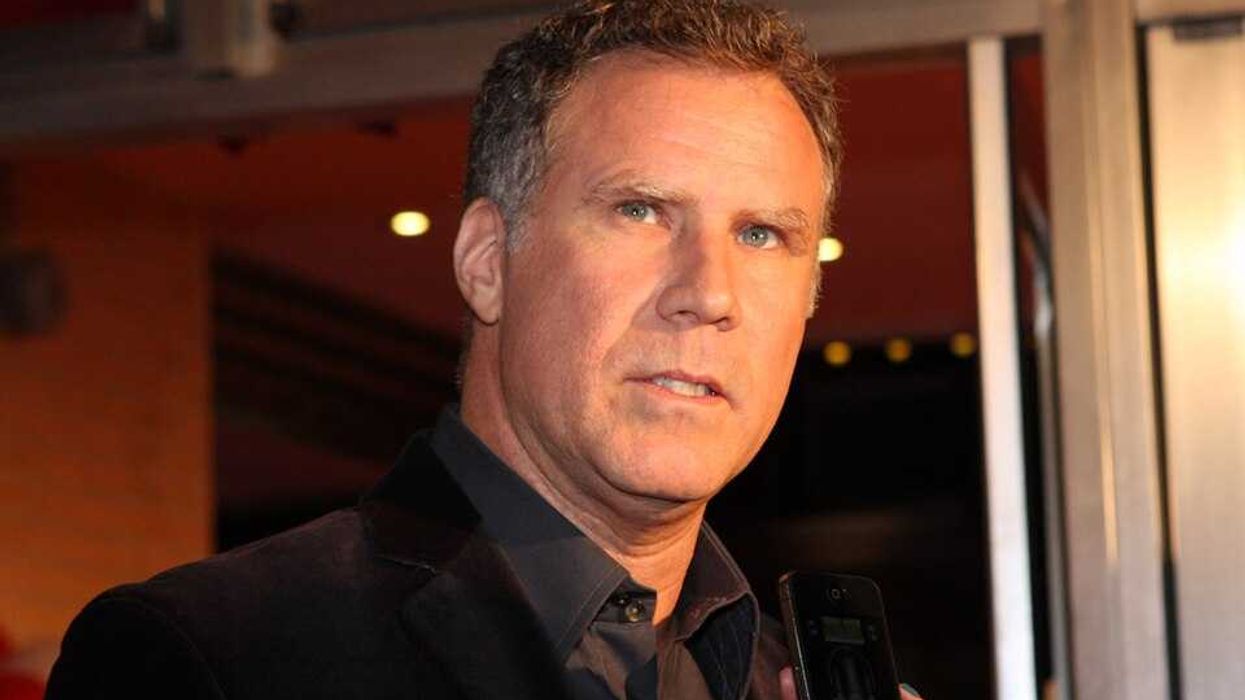

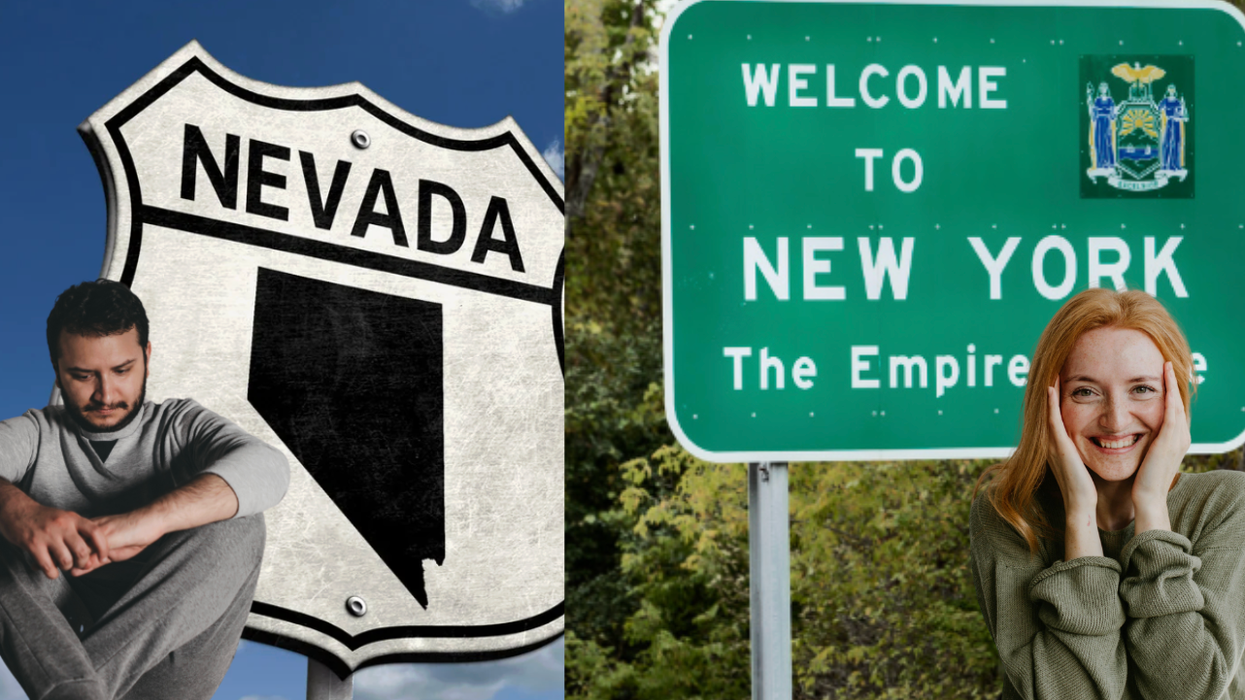
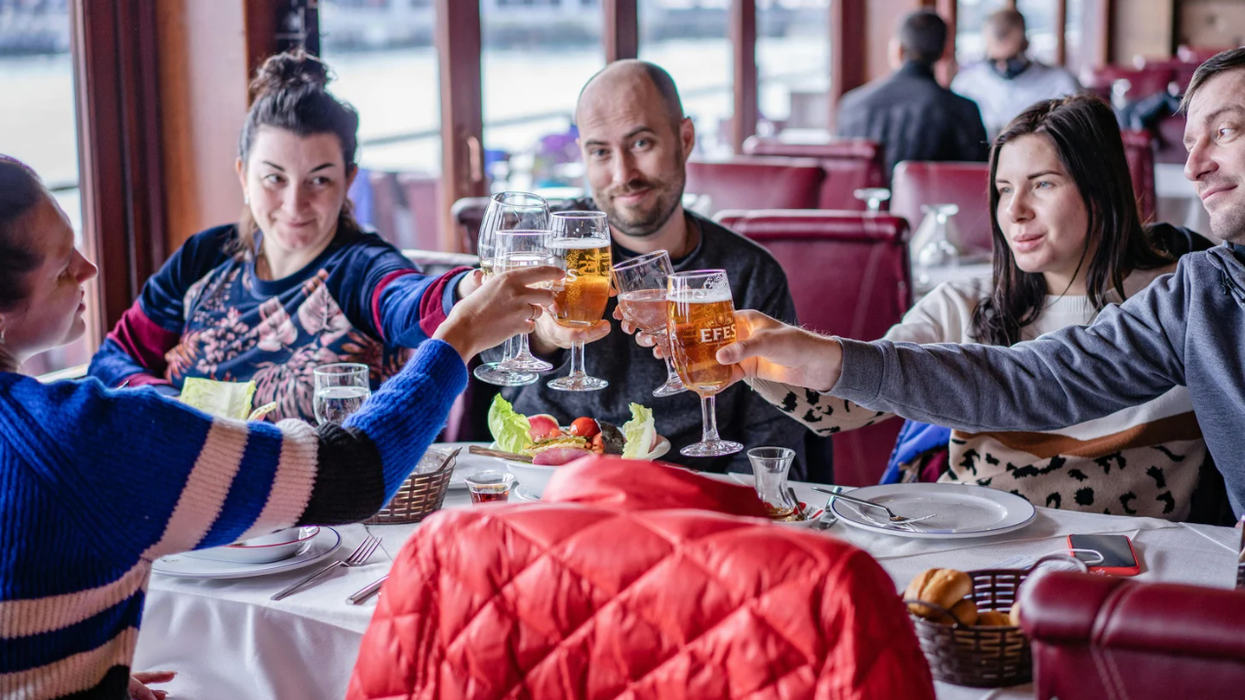
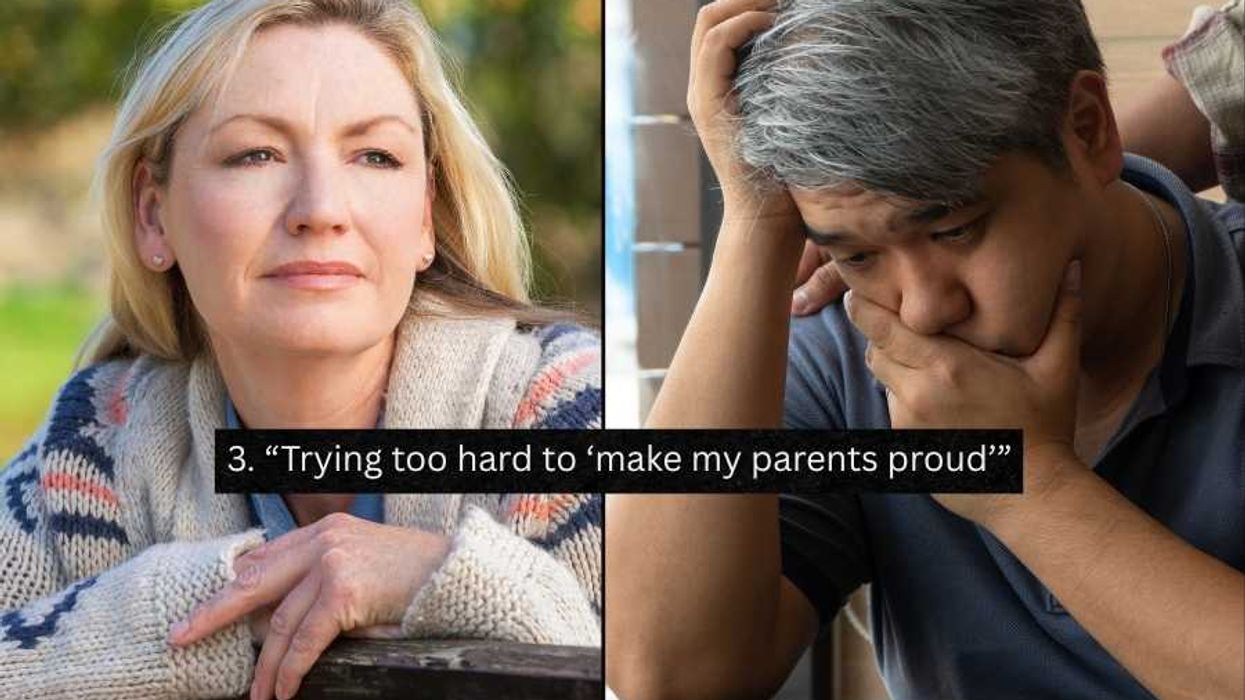



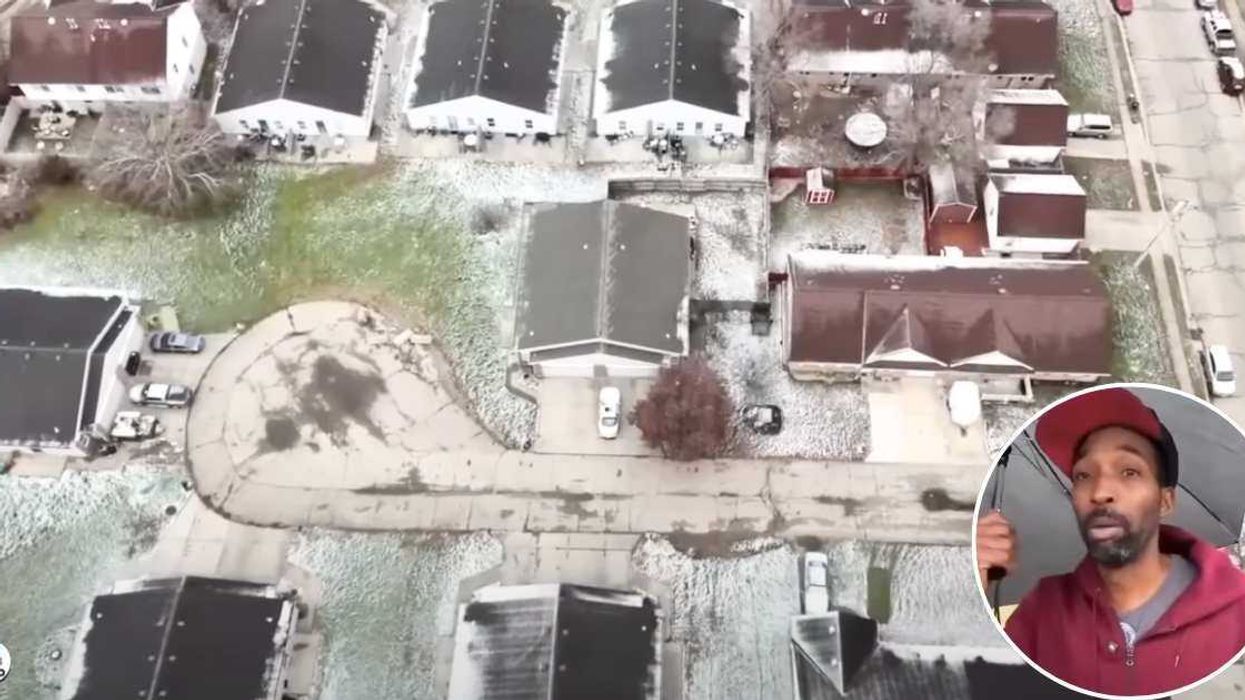


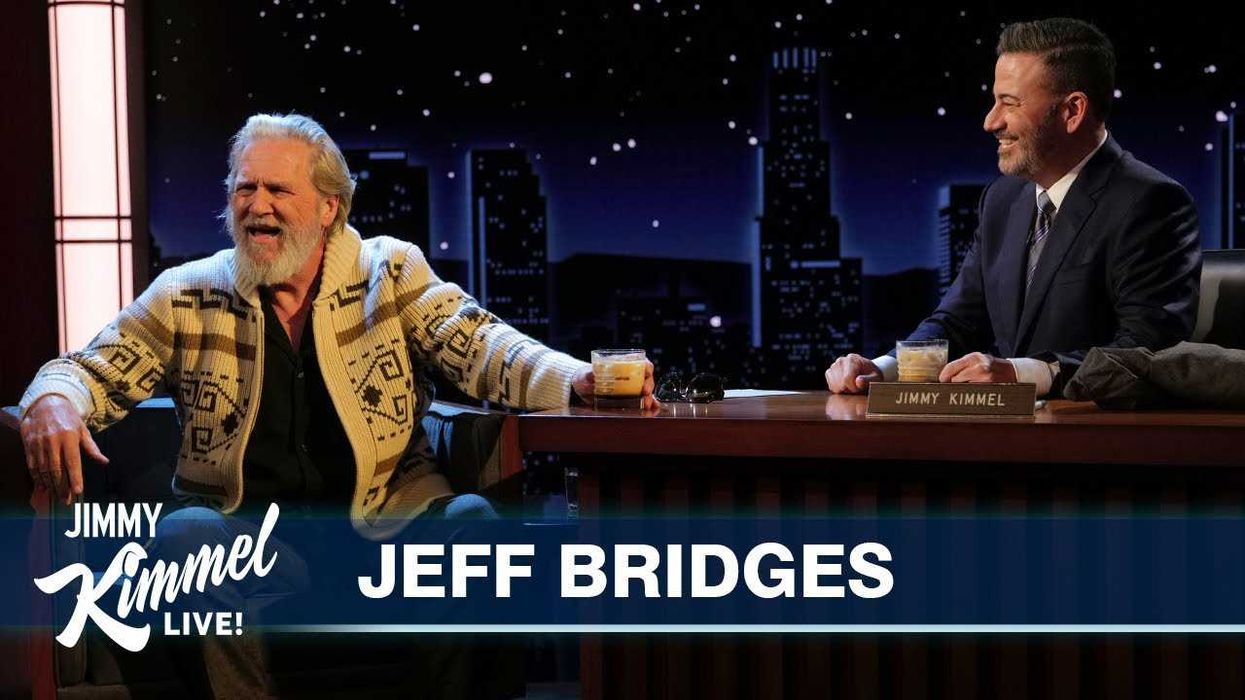
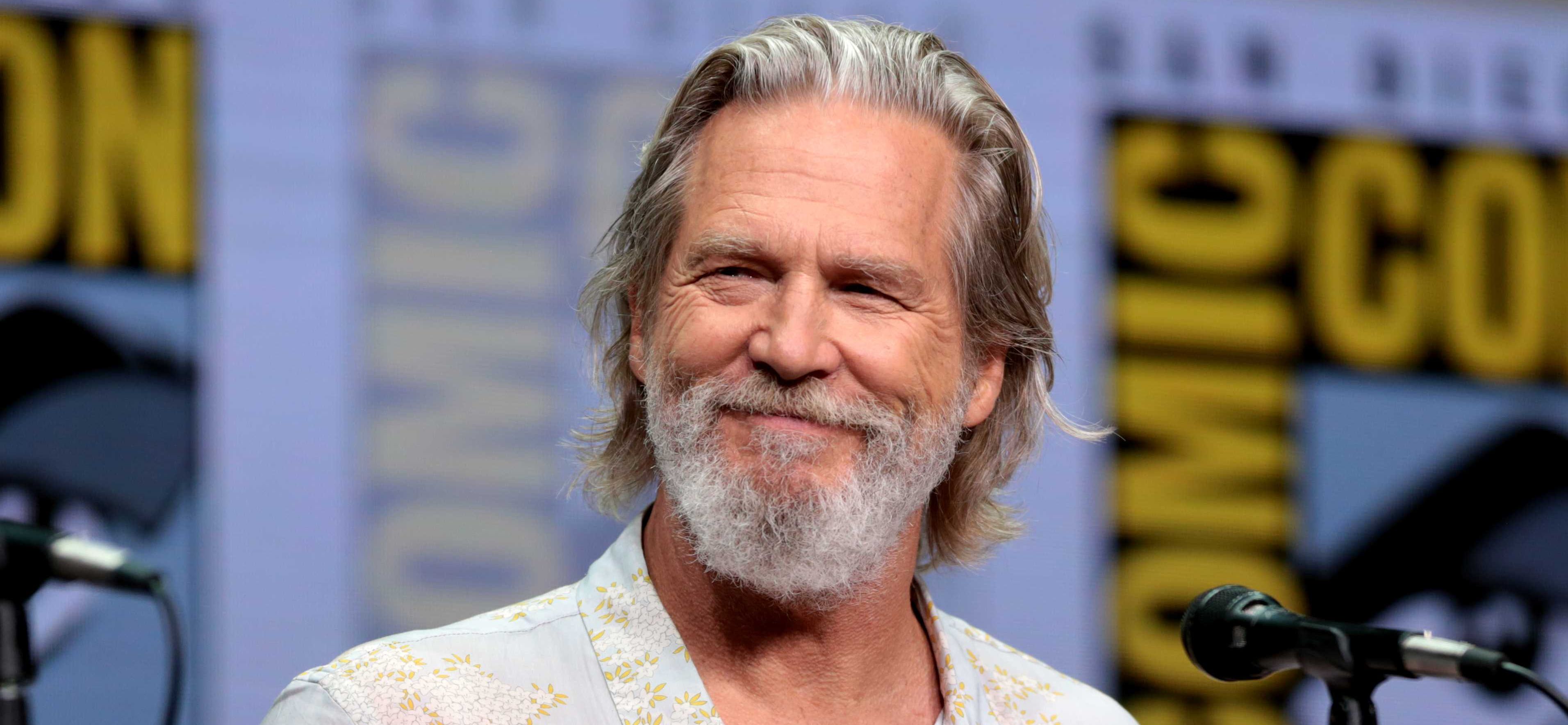 Jeff Bridges at Comic Con.Photo by Gage Skidmore via
Jeff Bridges at Comic Con.Photo by Gage Skidmore via 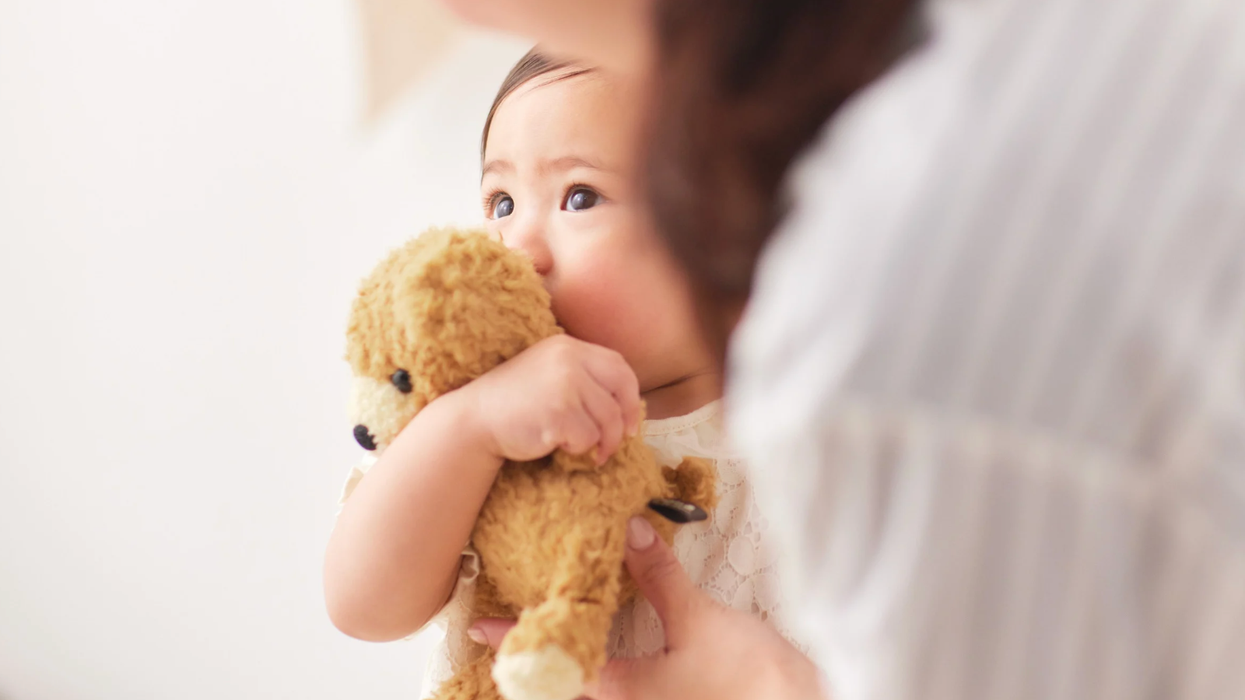
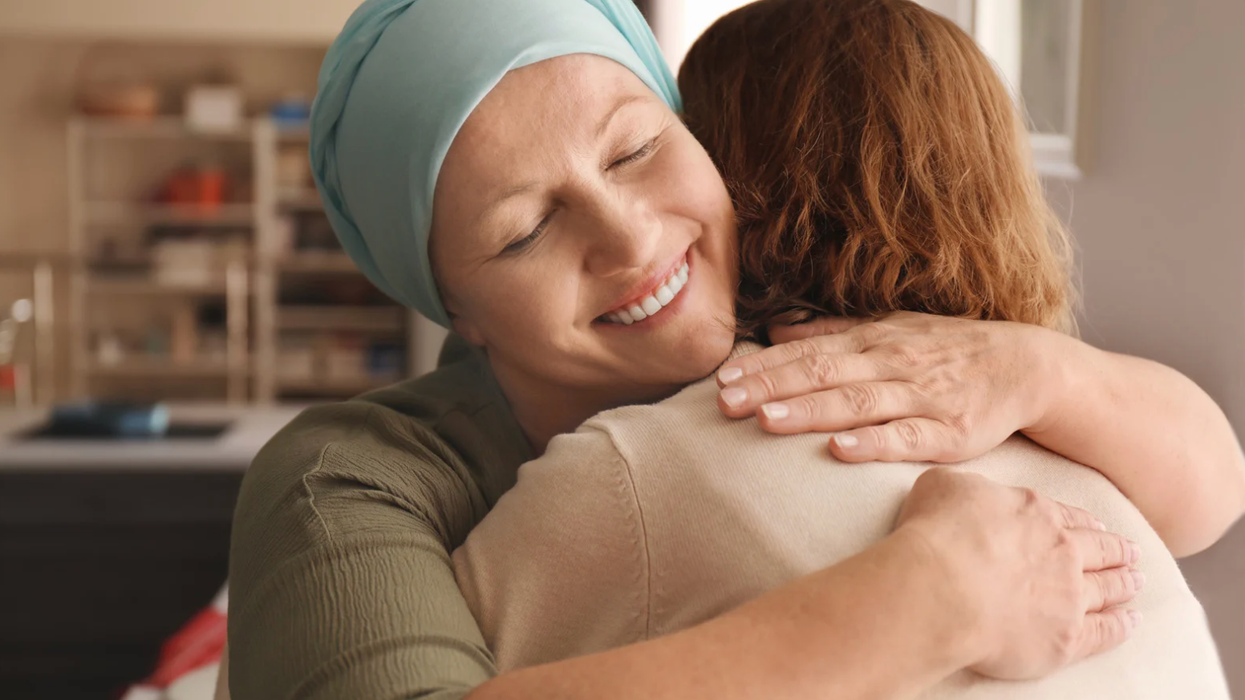
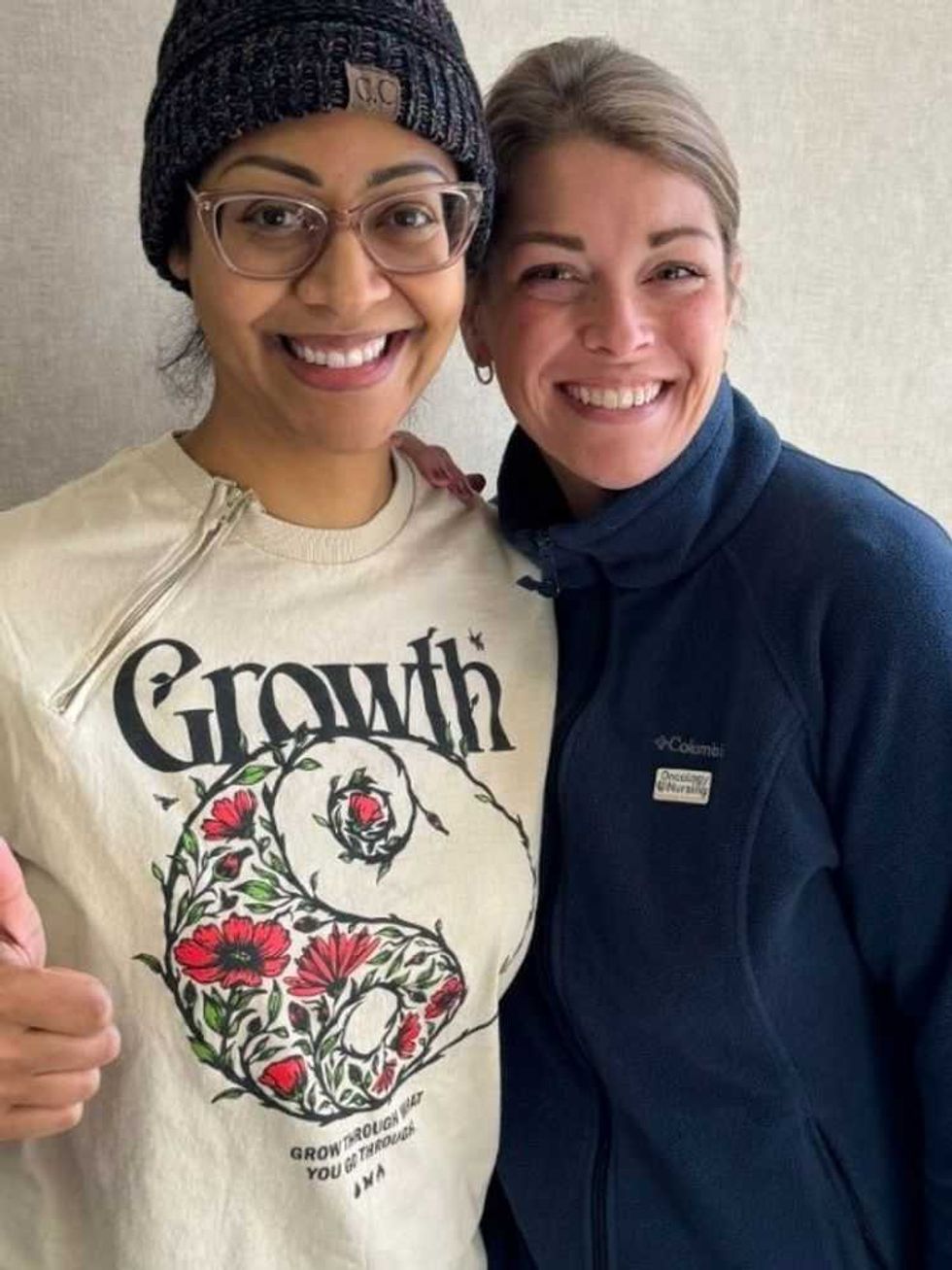 Whitney Carpenter with a patient in one of her custom port shirtsAtrium Health
Whitney Carpenter with a patient in one of her custom port shirtsAtrium Health 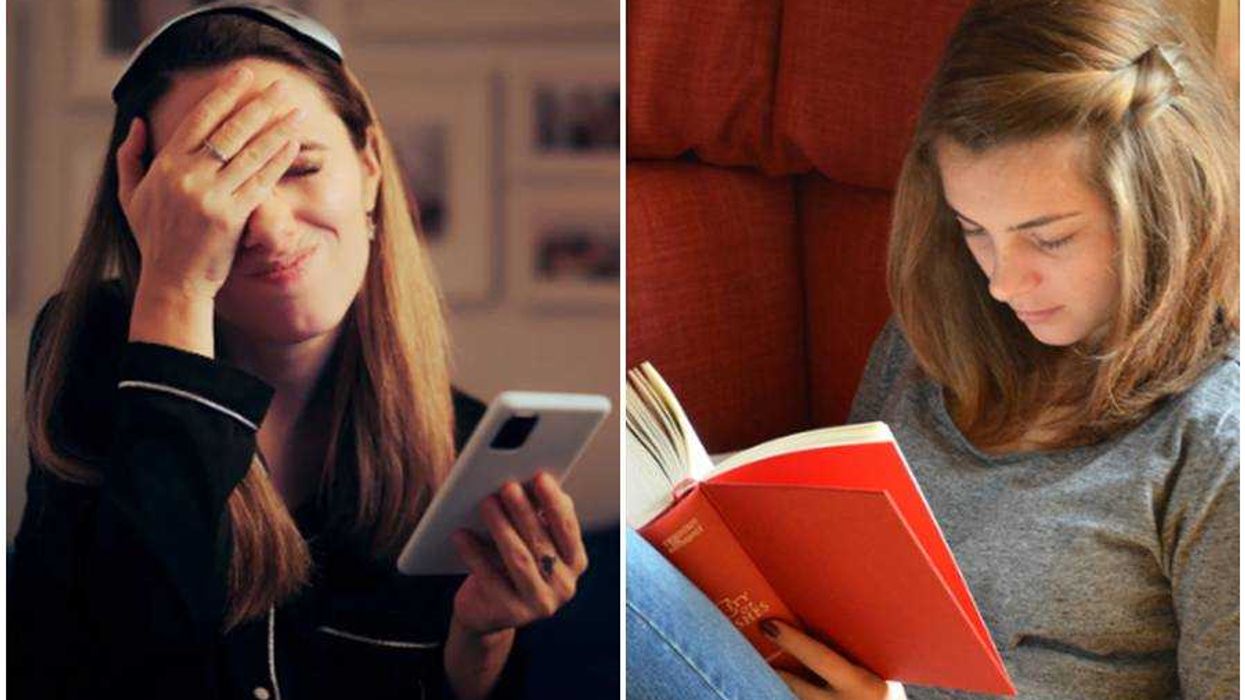
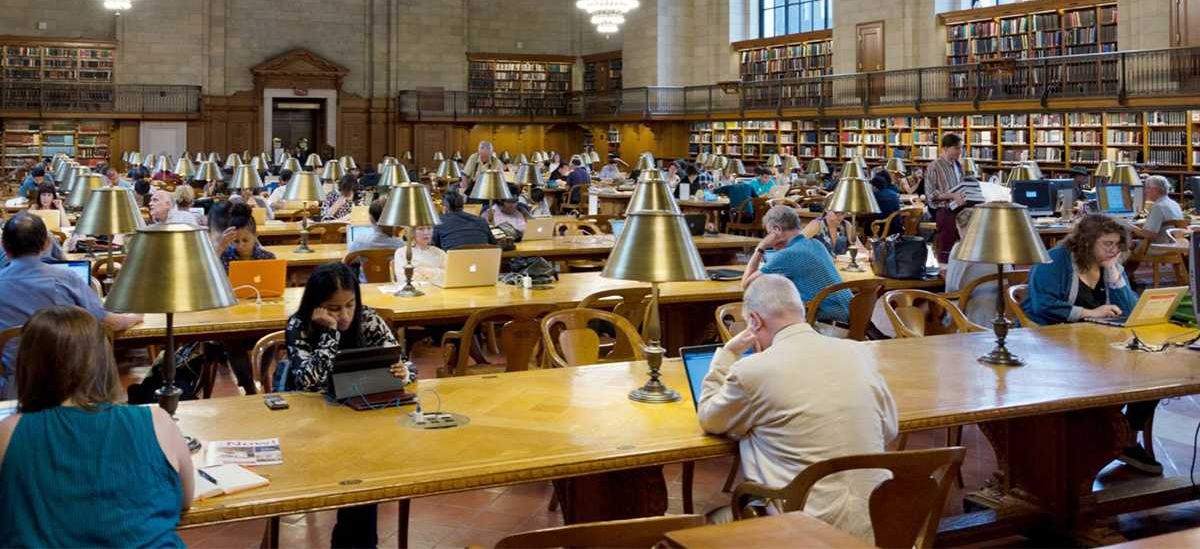 People at a public library.Image via
People at a public library.Image via 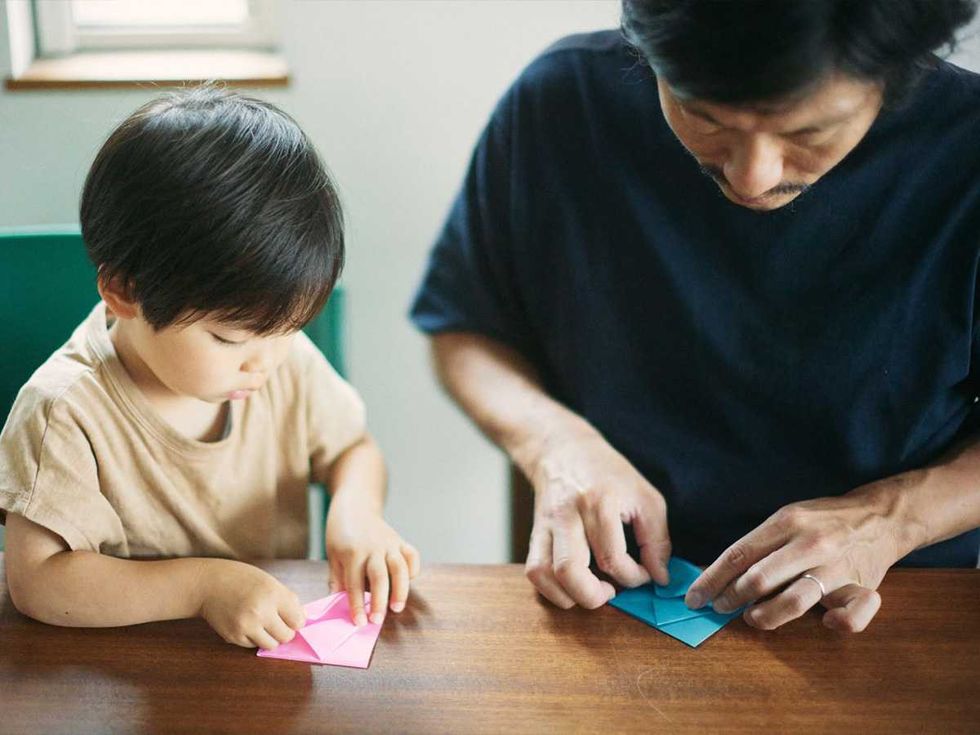 Father and child making origami together.Image via
Father and child making origami together.Image via  Woman takes a bath.Image via
Woman takes a bath.Image via 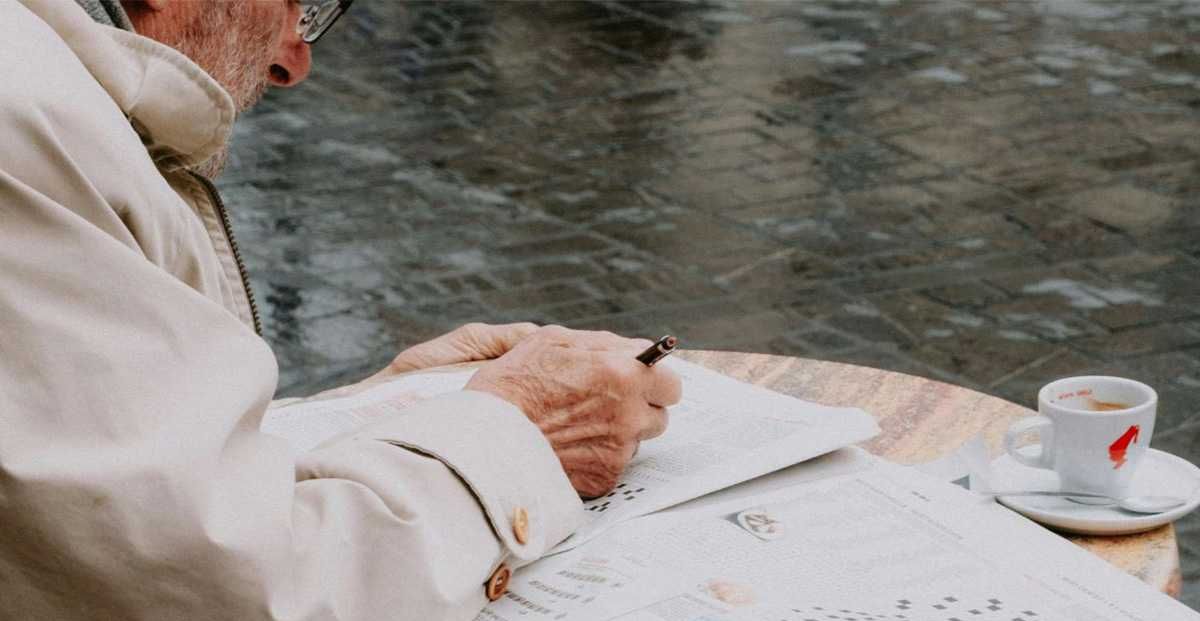 Older man solving newspaper crossword on a street table.Image via asdf - Photo by Mathias Reding
Older man solving newspaper crossword on a street table.Image via asdf - Photo by Mathias Reding Happy seniors ride bikes.Image via sdf - Photo by Syda Productions
Happy seniors ride bikes.Image via sdf - Photo by Syda Productions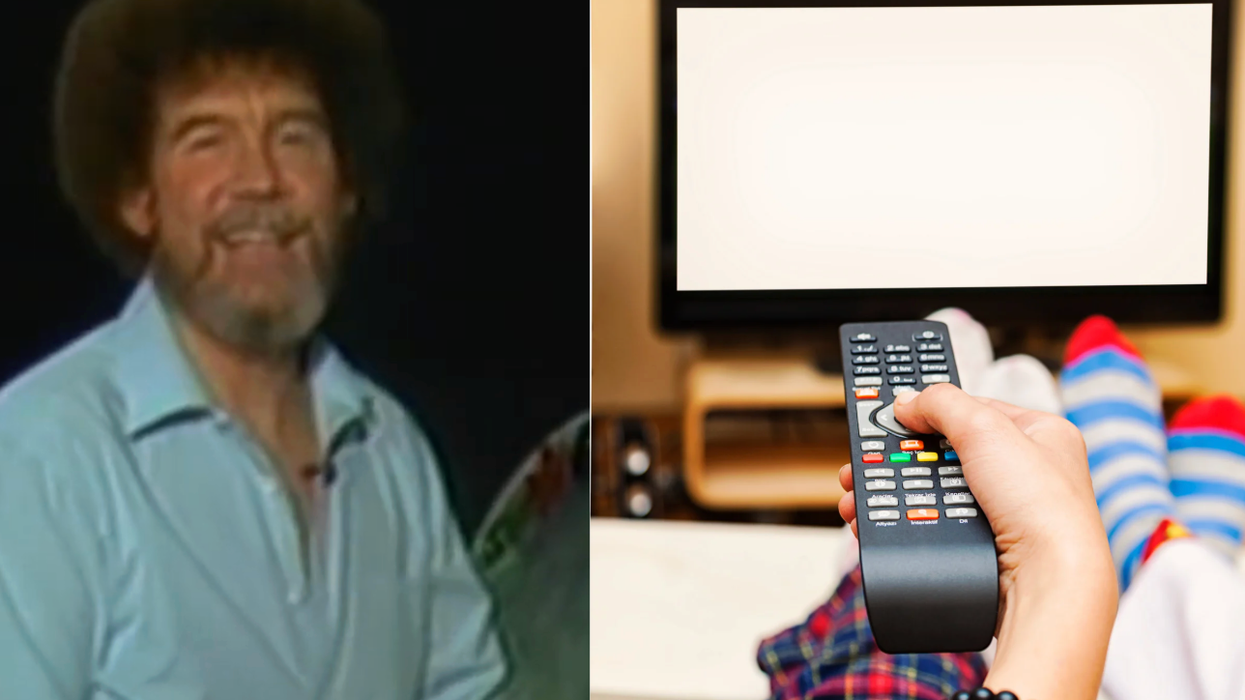



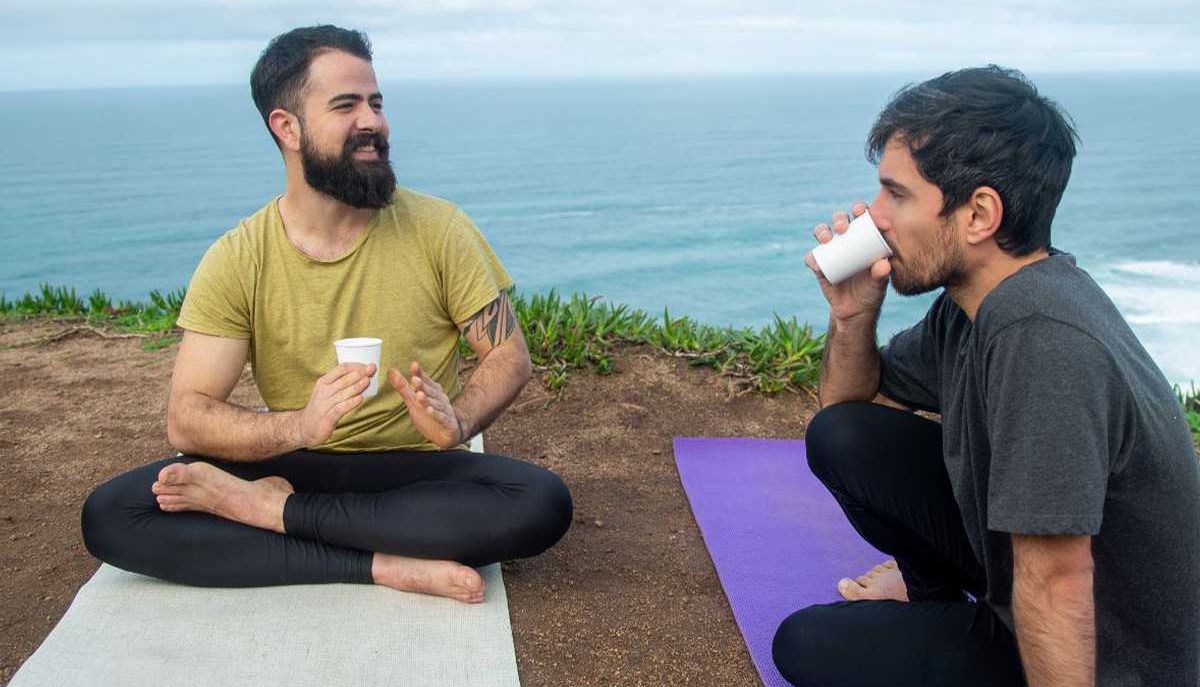 Men practice mindfulness overlooking the cliffs and ocean.Image via
Men practice mindfulness overlooking the cliffs and ocean.Image via 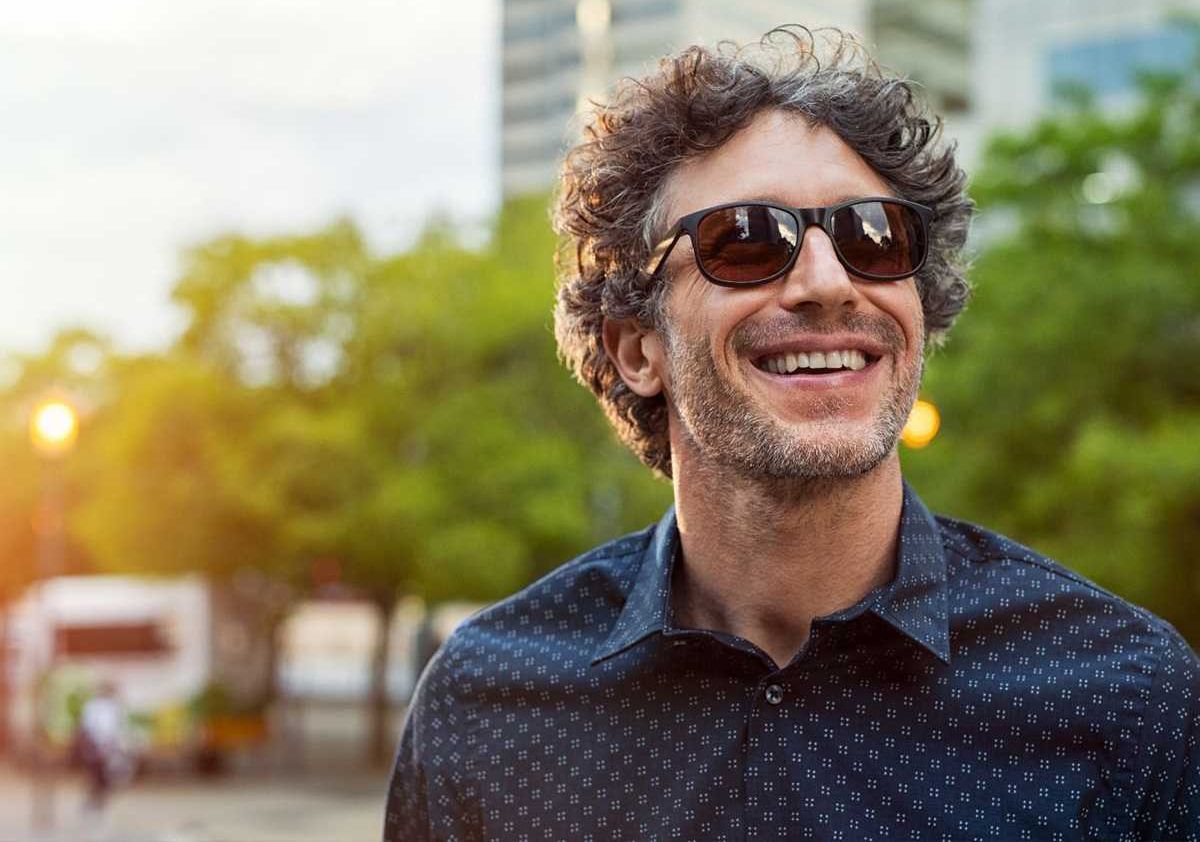 Man smiles at dusk.Image via sss - Photo by ridofranz
Man smiles at dusk.Image via sss - Photo by ridofranz